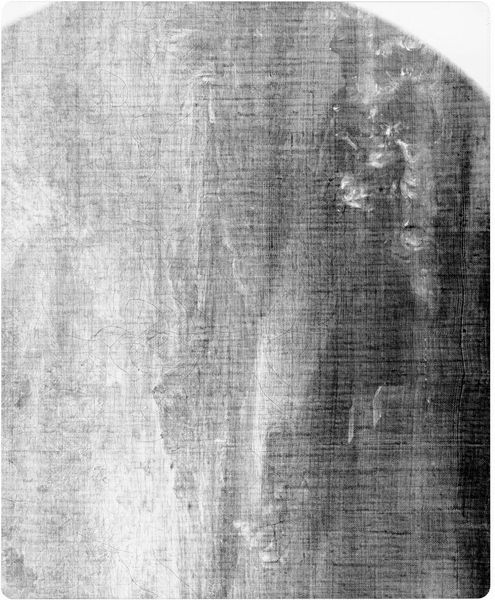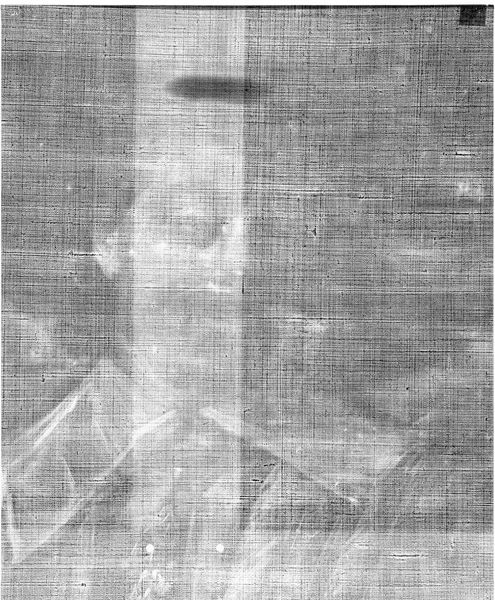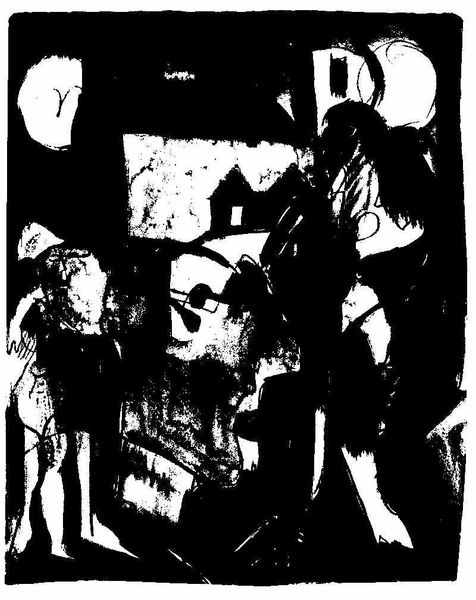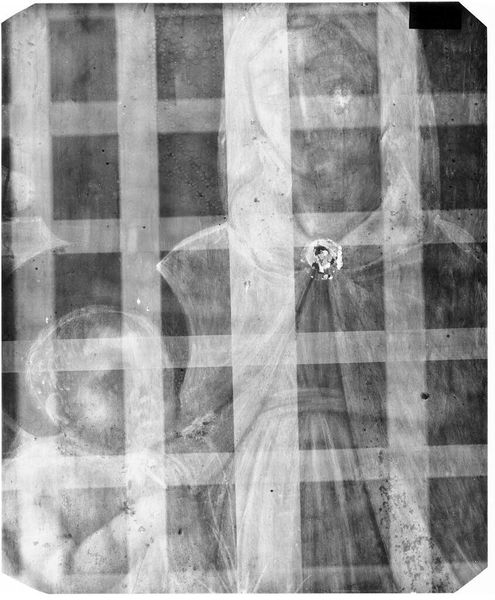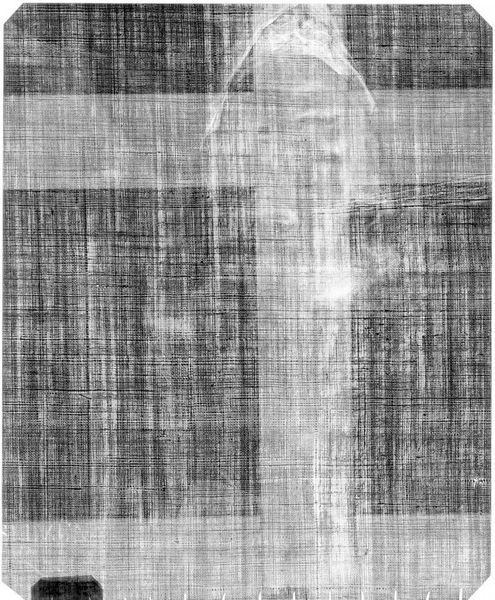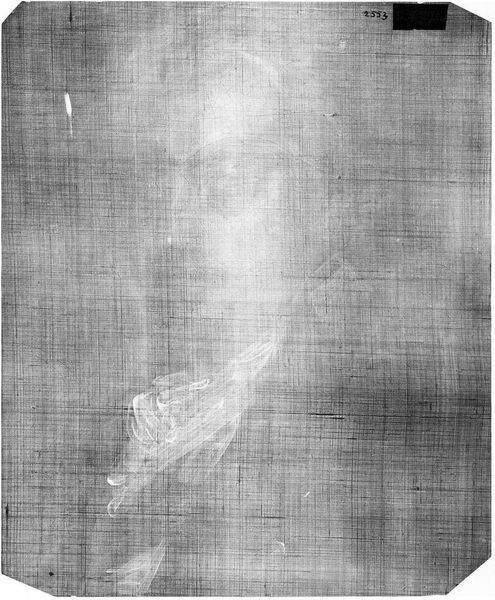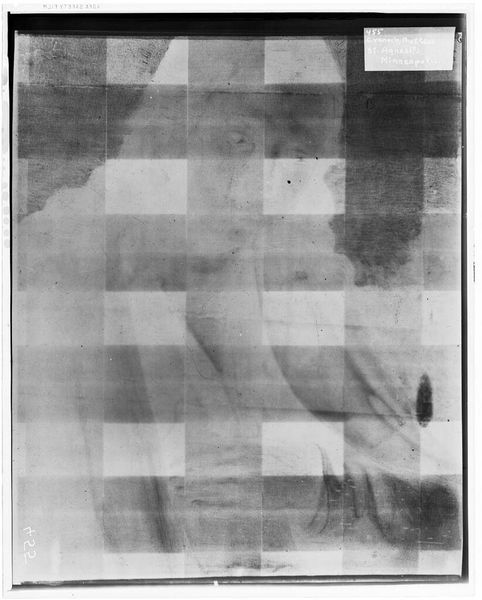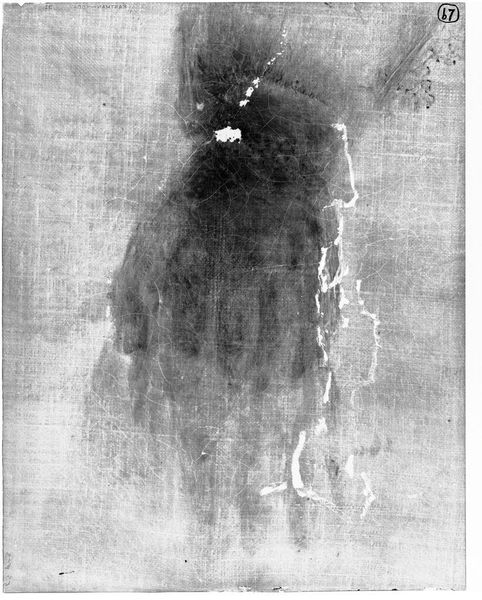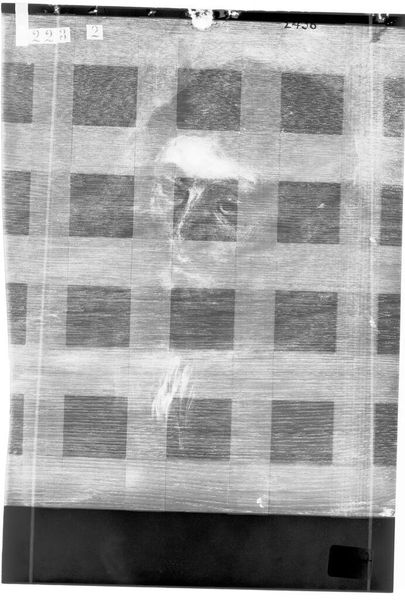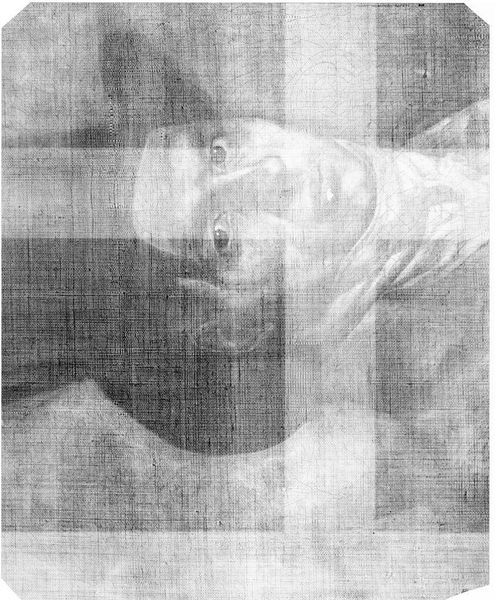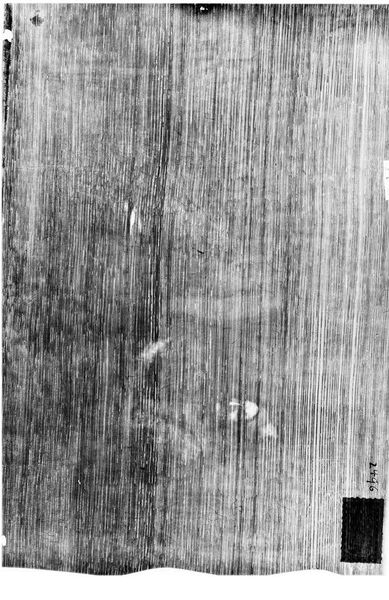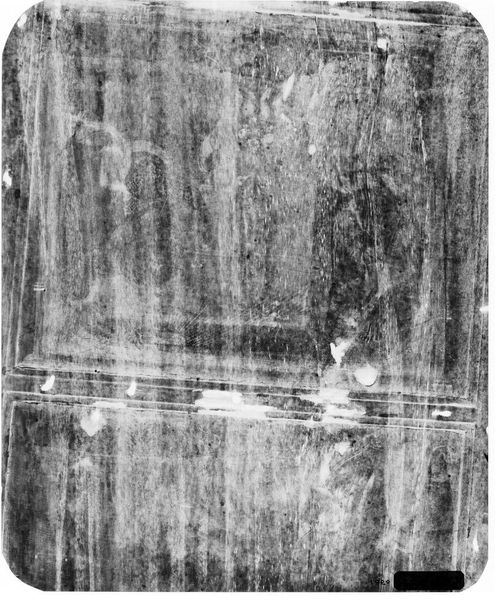
photography
#
portrait
#
impressionism
#
figuration
#
photography
#
black and white
#
monochrome
Copyright: Public domain
Curator: Georges Seurat's photographic print, "Artist at work" from 1884. A figure shrouded in darkness ascending steps, almost like a shadowy apparition. What is your first impression? Editor: The heavy blacks and stark contrasts give it a feeling of labor—not just in subject matter but also in how it feels to look at, hard and a little exhausting. It makes me think of coal mines. Curator: Fascinating. For me, it's about the role of the artist itself, the very act of creation in the context of a rapidly industrializing France. The darkness evokes a sense of the unseen toil, perhaps the alienation of the artistic process within the burgeoning capitalist system. Is the "artist at work" physically constructing the piece or engaged in difficult social conditions to sustain this vocation? Editor: Indeed. The process of photography itself—the light exposure, the darkroom—all contribute to this "labor." You're not just clicking a button; there is manual skill involved. I’m also reminded of other laborers toiling in darkness as a result of the Second Industrial Revolution in Europe and America, such as railroad workers, miners, and construction crews. Curator: The facelessness of the figure, too, amplifies the sense of an artist as an archetype, universal rather than specific. How much does this artwork reflect class differences and gender expectations during that period? How might we compare the subject matter in visual form against academic artworks? Editor: That is definitely worth discussing. Furthermore, I see that its date coincides with advancements in reproductive printing. Could Seurat also be exploring anxieties regarding mechanical reproduction threatening "high" art status? I like how Seurat prompts us to think about art-making itself as another form of industrialized labor. Curator: Absolutely. This makes me think of debates concerning authenticity versus mass production in the era. It forces a confrontation. How much agency does the artist hold when market forces become intertwined with artistic value and personal branding? Editor: Seeing that artwork today, I remain sensitive to how Seurat implicates the artistic practice itself as part of the labor class even though that might be unintentional on the artist's part. This adds complexity for me in considering authorship in visual expression. Curator: Exactly. The work raises important questions about identity and the artist's position, not just then but resonating now. It's far more layered than a simple depiction; Seurat urges to question its role as artistic labor and intellectual endeavor, making the visual print more significant than simply aesthetic. Editor: For me, it underscores the connection between labor, art production and, consumption and helps to analyze both as one complex whole, to examine our expectations, in ways few works manage.
Comments
No comments
Be the first to comment and join the conversation on the ultimate creative platform.
